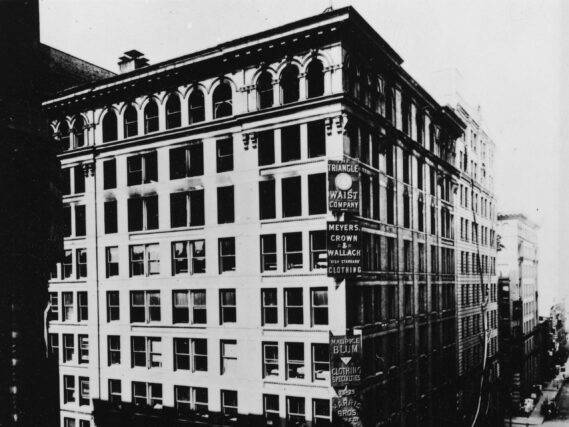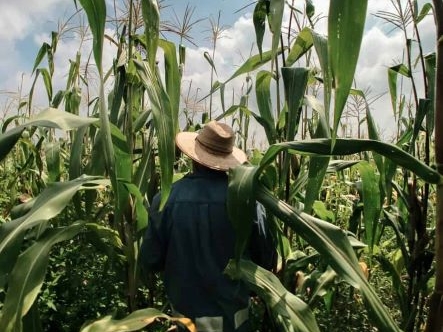Category Archives: Article

Two workers were tragically murdered on a dairy farm outside of Brockport
Source: The Daily News Fundraisers have been established for two men who were stabbed to death at the dairy farm where they worked in Alexander. Ivan Morales, 30, and Marcelino Gomez Hernandez, no age available, were found dead in a bunkhouse at Blumer Dairy Farm on Route 98 Friday night. Family and friends of the …



